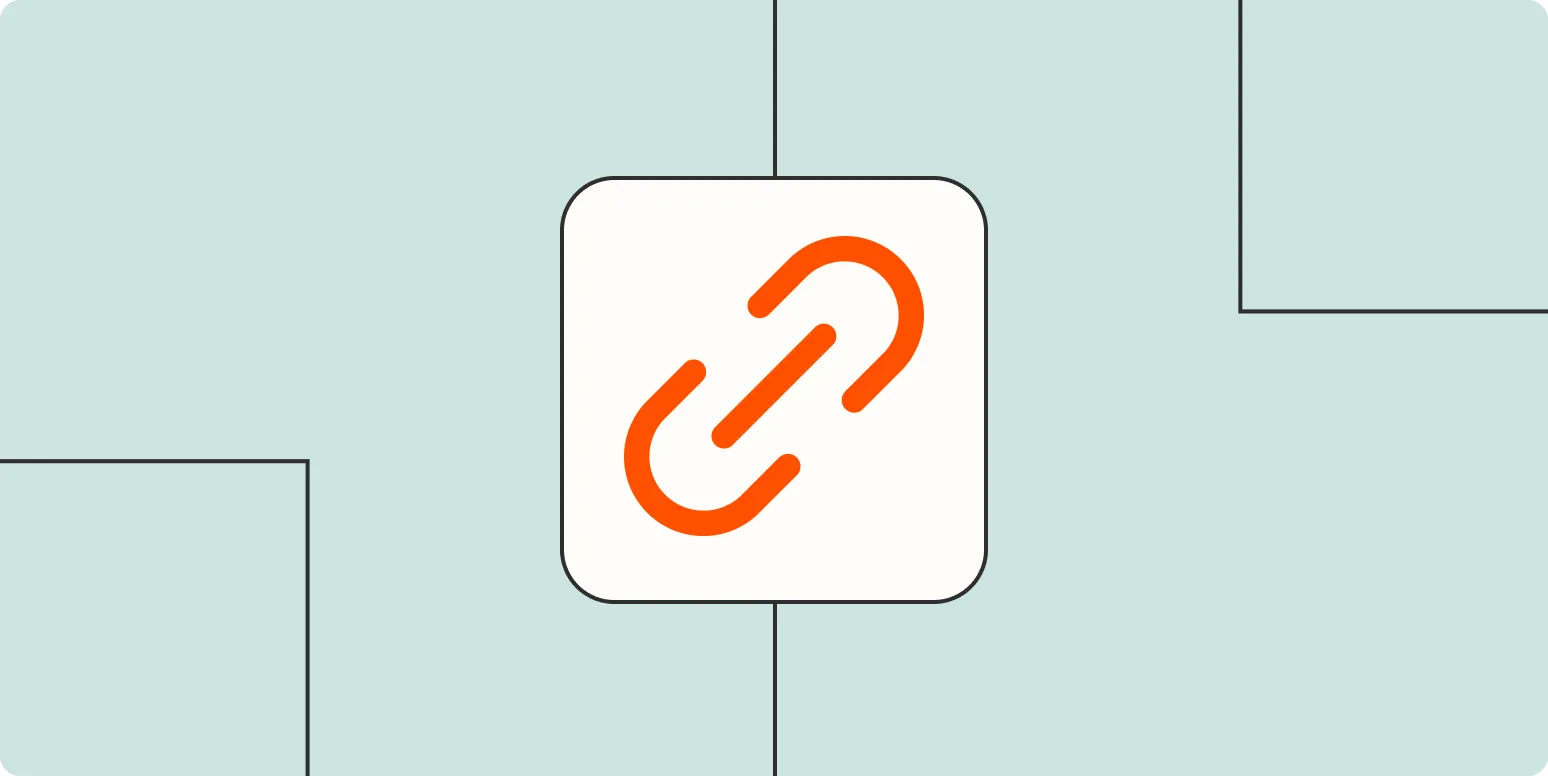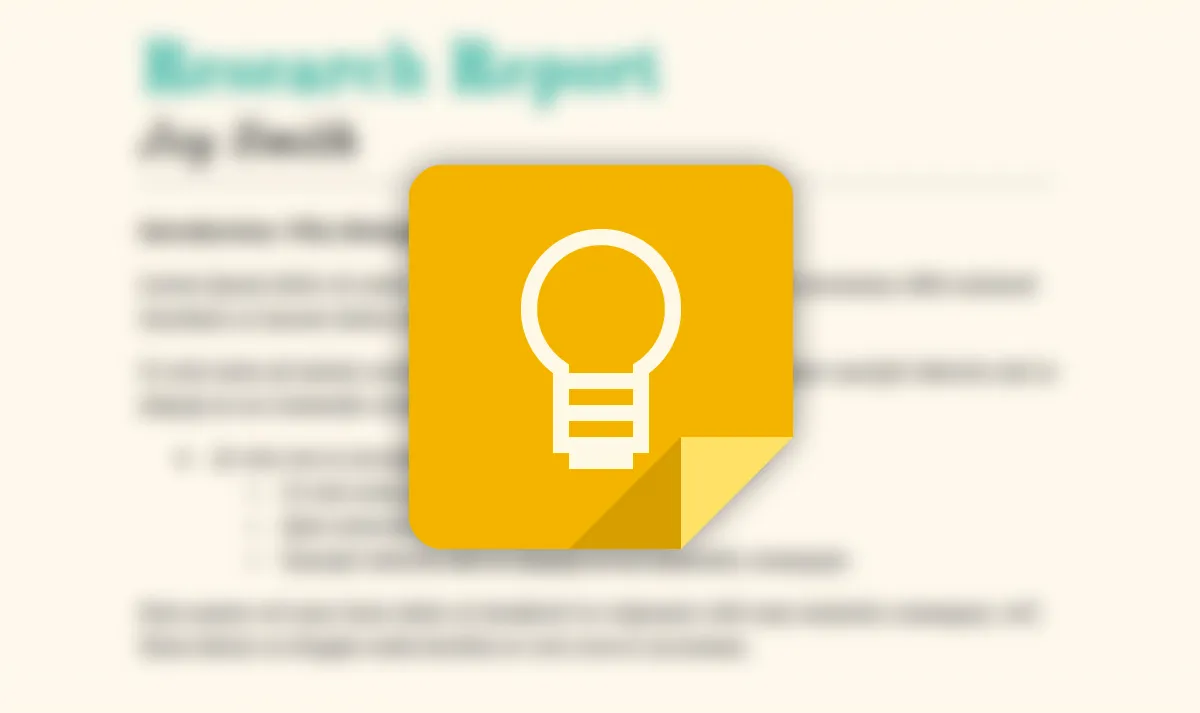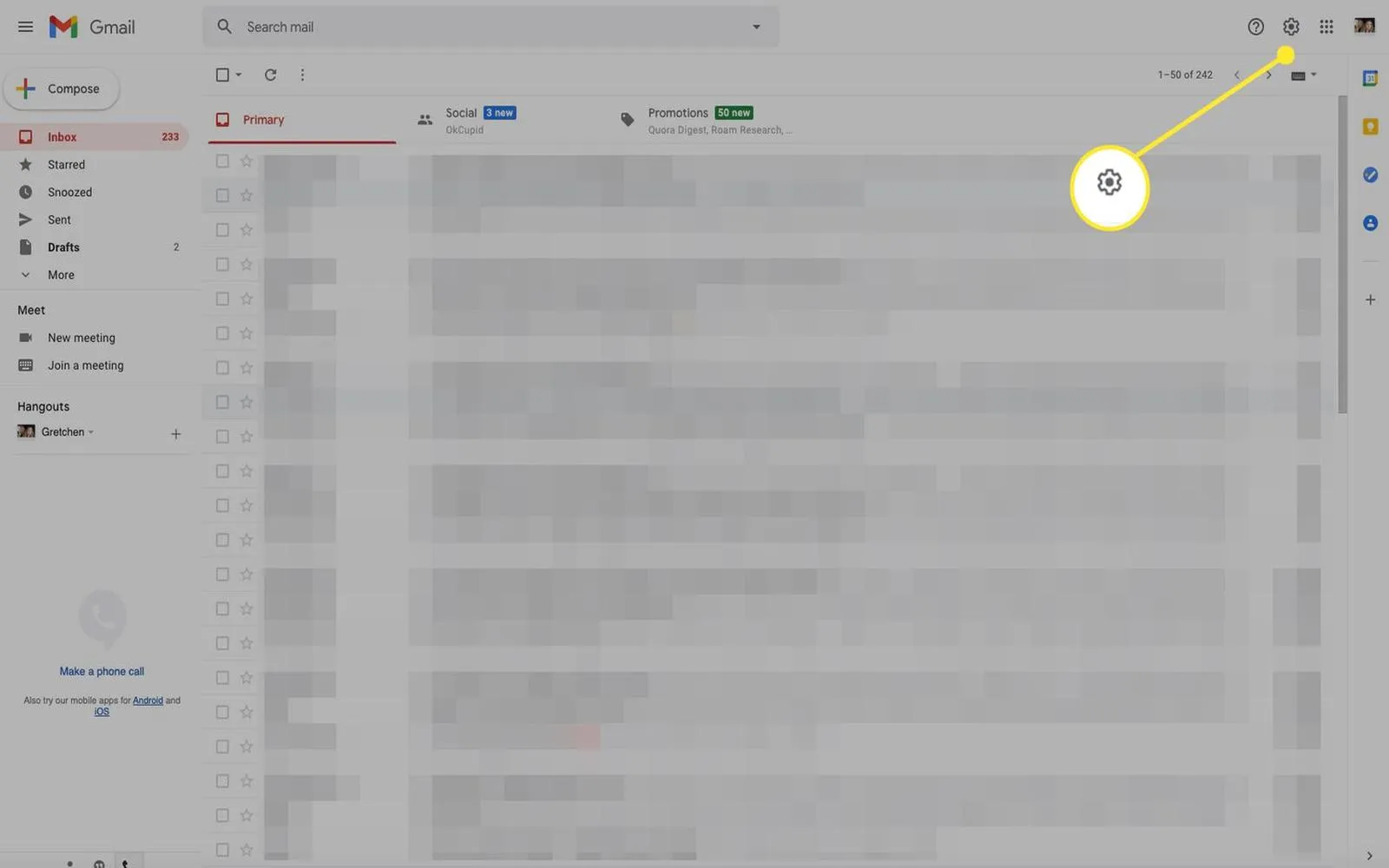When optimizing your website for SEO, it's crucial to ensure that your URLs and content are clean and free from unnecessary junk. This not only helps search engines crawl and index your pages more effectively, but it also enhances user experience. In this article, we will explore how to identify and remove junk from URLs and content, specifically focusing on the concept of referrerAdCreative. We will provide a chart to illustrate the process and highlight key elements to consider.
Understanding Junk in URLs and Content
Before we dive into the specifics of removing junk, it's important to understand what constitutes junk in URLs and content. Junk can include unnecessary parameters, excessive subdirectories, and irrelevant keywords that do not contribute to the core topic of the page. For instance, when dealing with referrerAdCreative, URLs that contain overly complex tracking parameters may not add value to the user experience or the SEO of the page.
Identifying Junk Parameters
The first step in cleaning up your URLs is to identify which parameters are essential and which ones can be removed. Here’s a simple chart to help you categorize URL parameters:
| Parameter Type | Importance | Action |
|---|---|---|
| Tracking Parameter | Low | Consider removing or consolidating |
| Session ID | Medium | Keep if necessary for user sessions |
| Main Content Identifier | High | Must be retained |
| Referrer Parameters (e.g., referrerAdCreative) | Medium | Evaluate for relevance |
Best Practices for URL Cleanup
Once you have identified which parameters are considered junk, you can implement best practices for URL cleanup:
- Simplify URLs: Aim for shorter, more readable URLs that clearly convey the content of the page. For instance, instead of using
www.example.com/page?referrerAdCreative=12345&sessionID=abcde, you can restructure it towww.example.com/page/12345. - Use Hyphens for Readability: Separate words in URLs with hyphens instead of underscores or other characters. This practice improves readability and SEO. For example,
www.example.com/referrer-ad-creativeis more effective thanwww.example.com/referrer_ad_creative. - Remove Unnecessary Parameters: If a parameter does not contribute to the content or user experience, remove it. This is particularly relevant for tracking parameters that are not critical for analytics.
- Implement 301 Redirects: If you change URLs, ensure you implement 301 redirects from the old URLs to the new ones. This preserves traffic and signals to search engines that the page has moved permanently.
Cleaning Up Content
In addition to URLs, content on your website can also harbor junk. This includes unnecessary keywords, filler text, and irrelevant links. Here’s how to clean up your content effectively:
- Keyword Optimization: Focus on primary and secondary keywords related to referrerAdCreative and ensure they are used naturally throughout the content. Avoid keyword stuffing, which can harm your SEO efforts.
- Remove Redundant Information: Eliminate repetitive or redundant sentences that do not add value. Aim for clarity and conciseness to enhance the user experience.
- Check for Broken Links: Regularly audit your content for broken links that lead to irrelevant or outdated pages. Updating these links can boost your site's credibility and SEO ranking.
- Focus on User Intent: Ensure that your content aligns with user intent. If users are searching for information related to referrerAdCreative, provide valuable insights, examples, and resources that meet their needs.
Measuring the Impact of Cleanup
After you've cleaned up your URLs and content, it's essential to measure the impact of these changes. Use tools like Google Analytics to track changes in traffic, user behavior, and SEO performance. Monitor key metrics such as:
- Bounce Rate: A decrease in bounce rate can indicate that users find your content more relevant and engaging.
- Organic Search Traffic: An increase in organic search traffic may suggest that search engines are favoring your optimized pages.
- Conversion Rates: Improved conversion rates can signal that users are more likely to engage with your content and take desired actions.
By following these strategies and focusing on the relevance of referrerAdCreative, you can effectively identify and remove junk from your URLs and content, leading to better SEO performance and an enhanced user experience.





